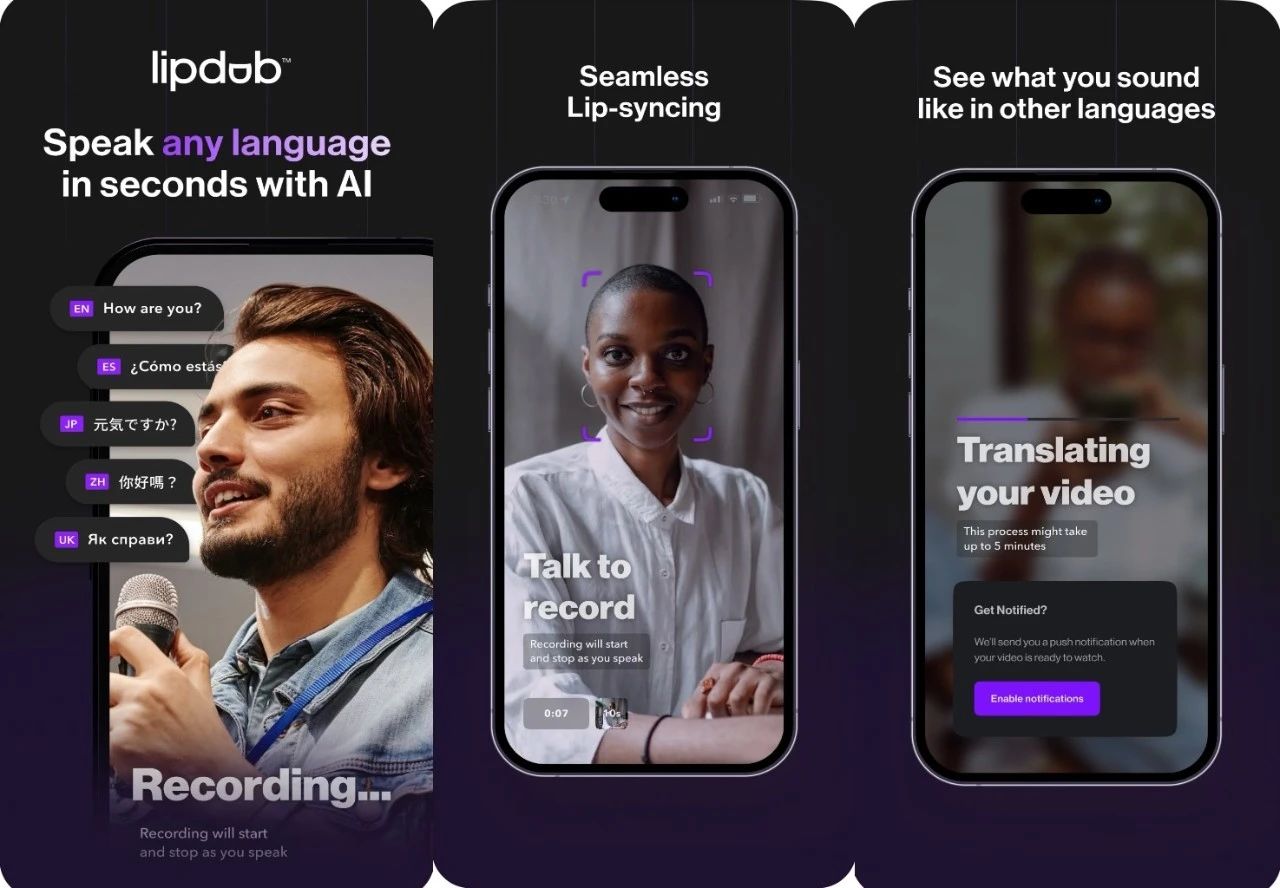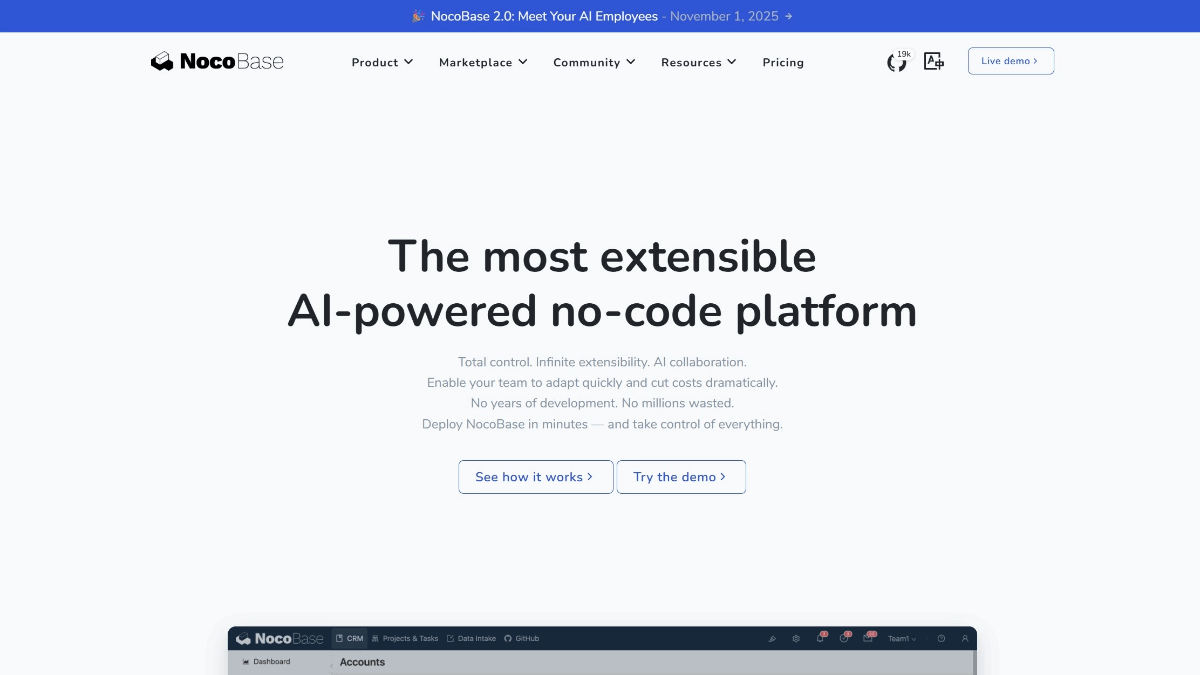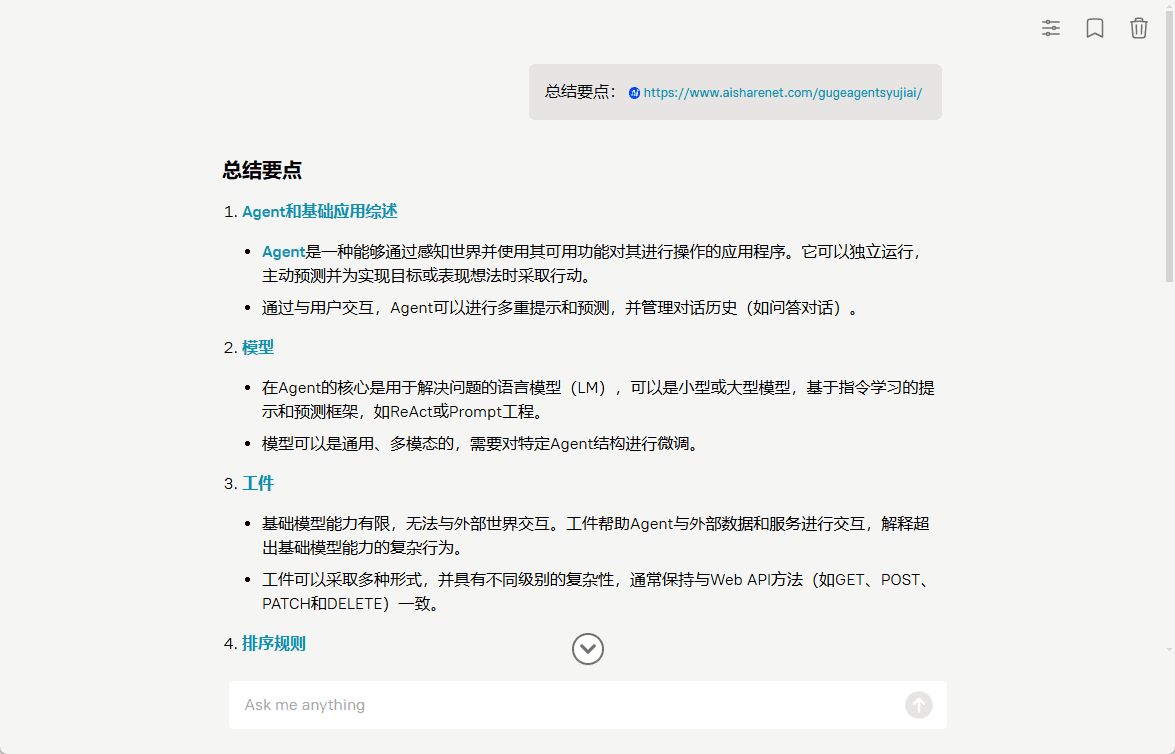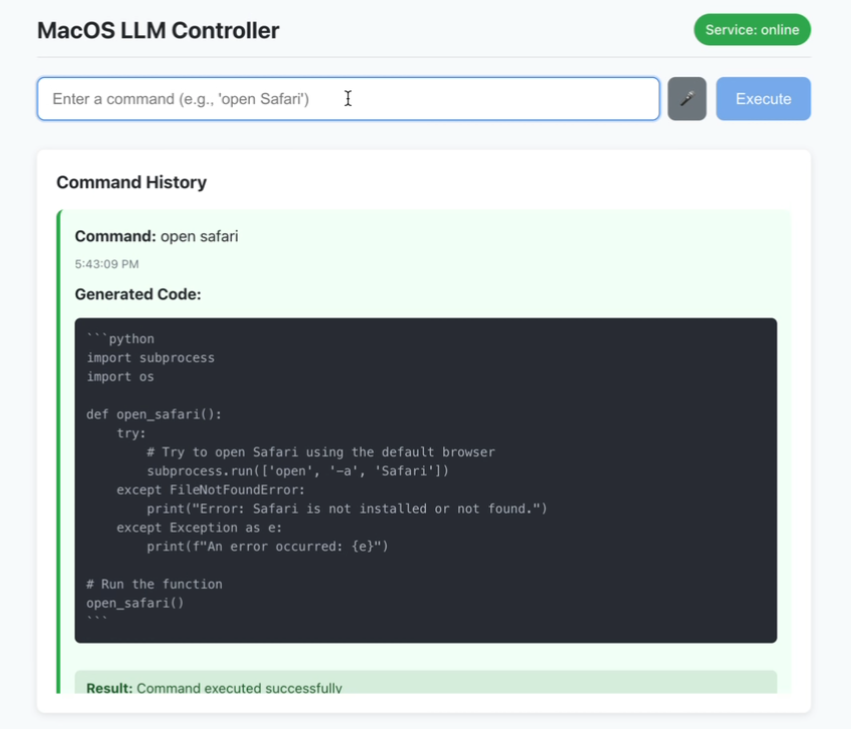Seed GR-3 - Generalized Robotics Model from the Wordpress Seed Team
What is Seed GR-3?
Seed GR-3 is a general-purpose robotics model introduced by ByteDance with strong generalization capabilities to adapt to new environments and complex instructions. The model fuses visual, verbal, and motion information to improve understanding of new objects and abstract concepts based on a three-in-one training method that combines robot data, VR human trajectory data, and publicly available graphic data.GR-3 supports long-range task processing, flexible object manipulation, and bi-armed co-operation, and is paired with a customized ByteMini robotic body with 22 degrees of freedom for fine-grained tasks. It is an important step toward a general-purpose robotic "brain" with a wide range of applications in areas such as home services, industrial logistics, healthcare, retail services, and disaster relief.
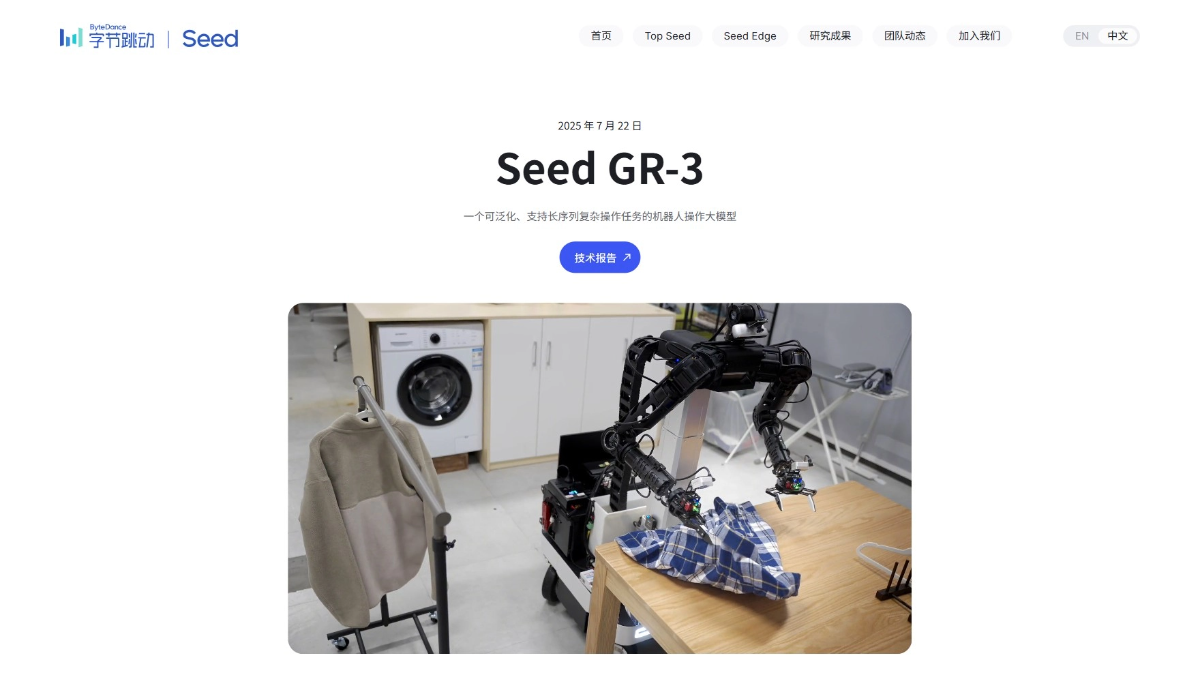
Main functions of Seed GR-3
- Extraordinary generalization capabilities: Adapt quickly to new objects, environments, and complex abstract commands to accomplish tasks without extensive data.
- Long-range task processing: Supports efficient completion of multi-step tasks, such as complex housework, with outstanding performance.
- Flexible object handling: Can finely manipulate flexible objects, such as hanging clothes, even when faced with unseen objects.
- Quick fine-tuning: Based on a small amount of human trajectory data, it can be efficiently fine-tuned and quickly adapted to new tasks.
- Dual-arm synergy: Supports hands working together to perform complex actions, such as hands working together to perform complex tasks.
- Whole Body Operational Capability: Combined with chassis movement, it enables full-body operation, adapts to more scenarios, and is extremely flexible.
Seed GR-3's official website address
- Project website:: https://seed.bytedance.com/zh/GR3
- arXiv Technical Paper:: https://arxiv.org/pdf/2507.15493
How to use Seed GR-3
- Hardware preparation: Ensure that the Seed GR-3 robot body and its supporting equipment (e.g., sensors, cameras, robotic arms, etc.) are properly installed and connected. Check that the robot's power supply, network connections, etc. are normal.
- Software Configuration: Install and configure the robot's operating system and control software. Depending on the application scenario, specific applications or plug-ins need to be installed. Perform system initialization, including calibrating sensors and setting the zero position of the robot arm.
- Task Programming: Depending on the specific needs, tasks are scripted using the robot's programming interface or a graphical programming tool. Tasks include action sequences, conditional judgments, loops, etc. For complex tasks, the robot's learning ability is used to fine-tune it with a small amount of example data to better adapt to the task requirements.
- mandate implementation: Task instructions are given using voice commands, a graphical interface, or a remote control device. The robot receives the command and starts executing the task. The user is able to view the task execution in real time using a monitoring system.
Core Benefits of Seed GR-3
- high generalizability: Quickly adapts to new environments, new objects and complex instructions without the need for extensive data support, demonstrating strong generalization performance.
- Long-range task processing capability: Ability to efficiently perform multi-step complex tasks, such as clearing the table, organizing the room, and other household chores, performing a series of actions in succession.
- Ability to manipulate flexible objects: The Seed GR-3 excels at manipulating flexible objects, such as hanging clothes and organizing fabrics, and can handle types of flexible objects never before seen.
- Rapid fine-tuning capability: Based on a small amount of human trajectory data, Seed GR-3 can be efficiently fine-tuned to quickly adapt to new tasks, greatly reducing training cost and time.
- Ability to work with both arms: Supporting hands to work together to complete complex movements, such as hands working together to complete complex assembly tasks, it has a wide range of applications in industrial production, medical surgery and other fields.
- Whole Body Operational Capability: Combined with chassis mobility, the Seed GR-3 achieves full-body maneuverability that can be adapted to more scenarios, such as moving to different rooms to complete tasks in a home environment.
- Three-in-one data training method: Seed GR-3 uses a triple training method with robot data, VR human trajectory data, and public graphic data to improve the learning efficiency of the model and enhance the understanding of new objects and abstract concepts.
- Customized Body: With a customized ByteMini robot body with 22 degrees of freedom, it supports high dexterity operations for tight spaces and delicate tasks.
Who Seed GR-3 is for
- home user: Facilitation and safety support for families who need assistance with household chores and care for the elderly and children.
- industrialist: In the field of industrial logistics and production, it assists in cargo handling, production assistance and quality inspection to improve efficiency.
- health worker: In the healthcare sector, it is used in patient rehabilitation, surgical assistance and hospital logistics management to reduce the workload of medical staff.
- retailer: For retail stores, it is used in shelf organization, customer service and guided exhibitions to optimize the shopping experience.
- rescue worker: In disaster rescue scenarios, enter hazardous areas for personnel search, environmental monitoring and material transportation to support rescue efforts.
© Copyright notes
Article copyright AI Sharing Circle All, please do not reproduce without permission.
Related posts

No comments...

